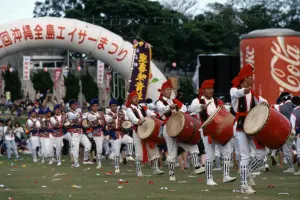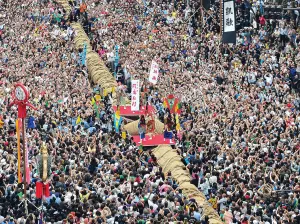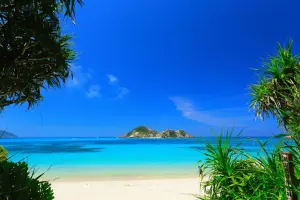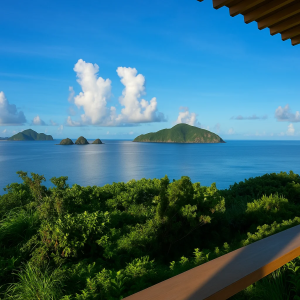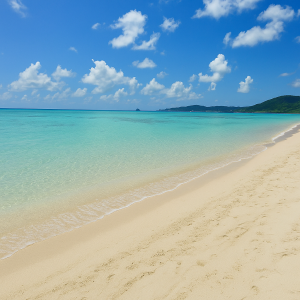Okinawa Hontō has a decent bus system that serves Naha district and other urban areas. However, if you plan to explore regions outside the city, renting a car is the most convenient option. Rental car offices are available at Naha Airport and in major cities across the island. Be aware that traffic can be heavy, especially during rush hours in Naha and central Okinawa. To reach the northern part of the island, you can take the Okinawa Expressway, which runs from Naha to Nago, with tolls costing around 1,000 yen one way.
Public transportation in Okinawa mainly consists of buses, with the Okinawa Monorail (Yui Rail) in Naha being the only rail service. While the bus network is extensive, it can be confusing to navigate, and some routes are infrequent. The Naha Bus Terminal is the central hub, and buses also depart from the airport. Two key routes—bus numbers 111 and 117—connect Naha Airport and the terminal with northern Okinawa. The Yanbaru Express and Okinawa Airport Shuttle are express buses that travel to major attractions like the Churaumi Aquarium. Additionally, ferries operate between Naha and Toguchi Port, with the journey taking about 75 minutes and costing approximately 1,000 yen.
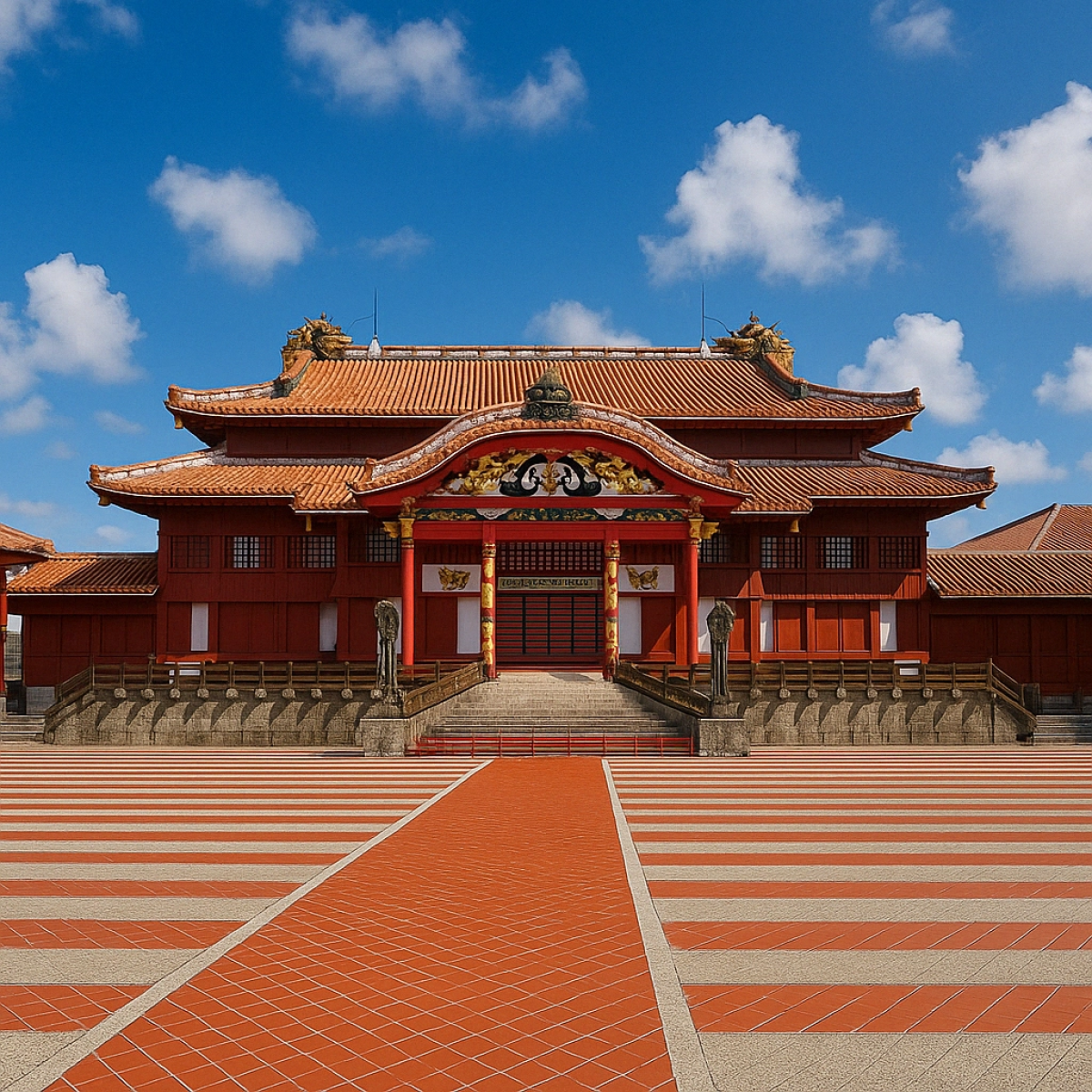
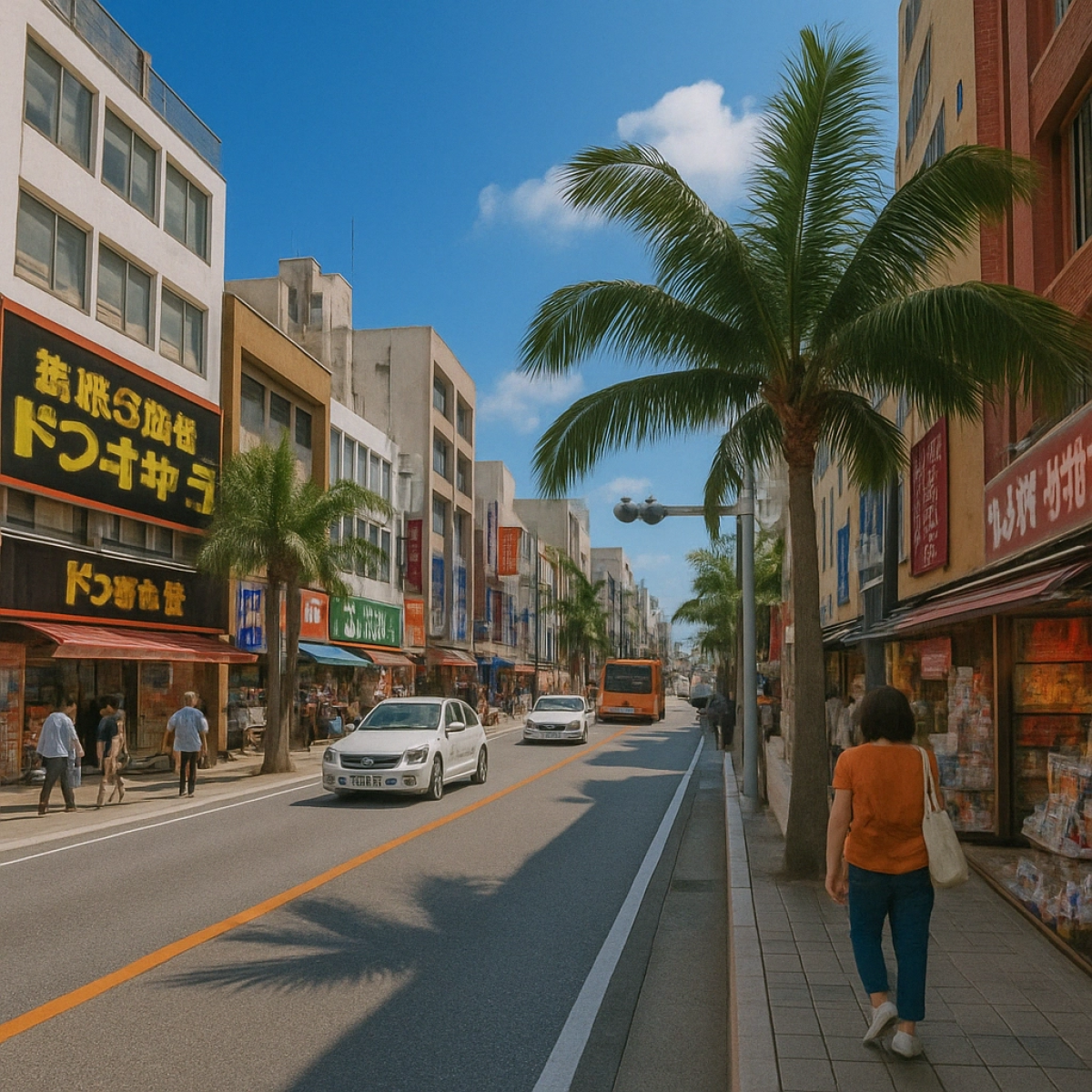
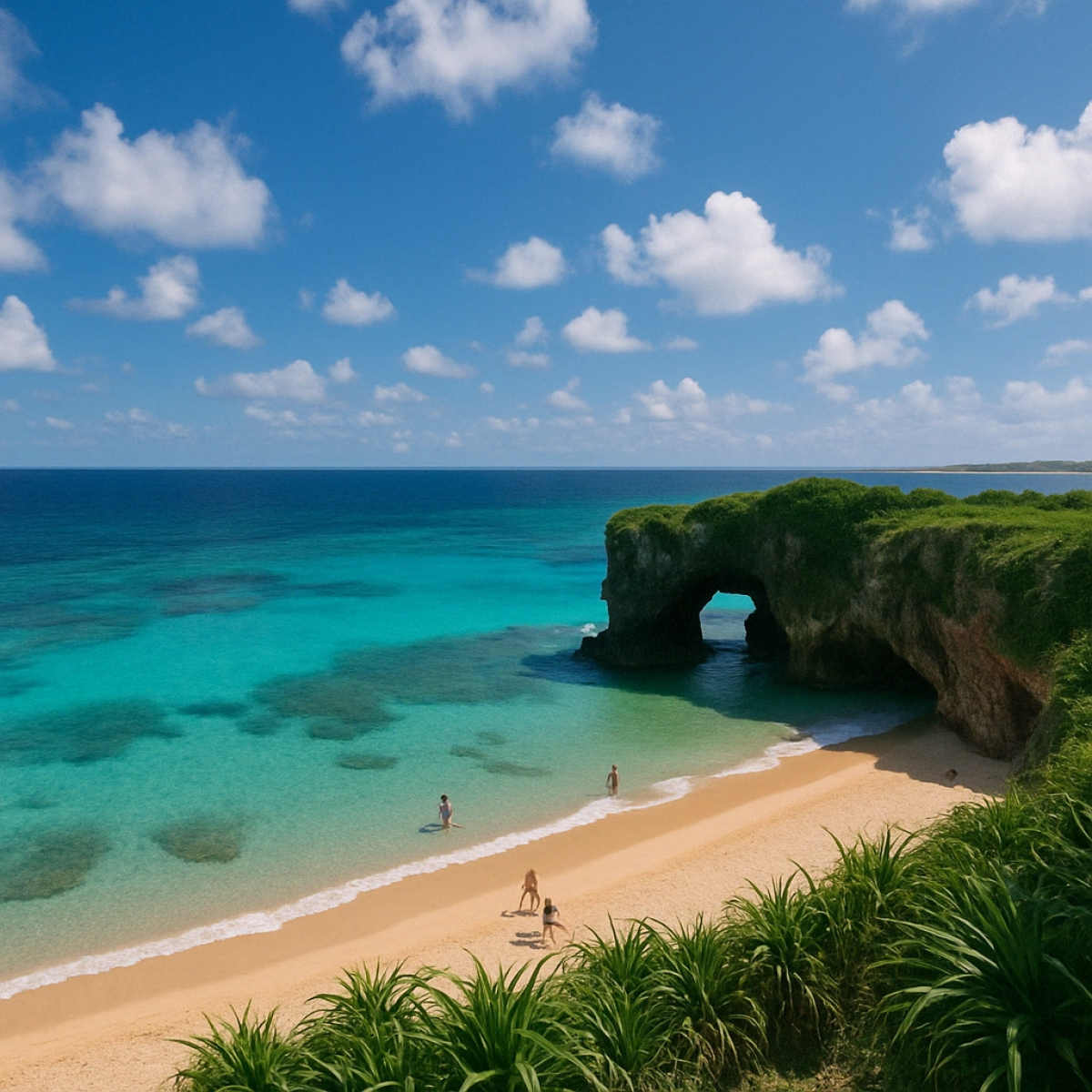
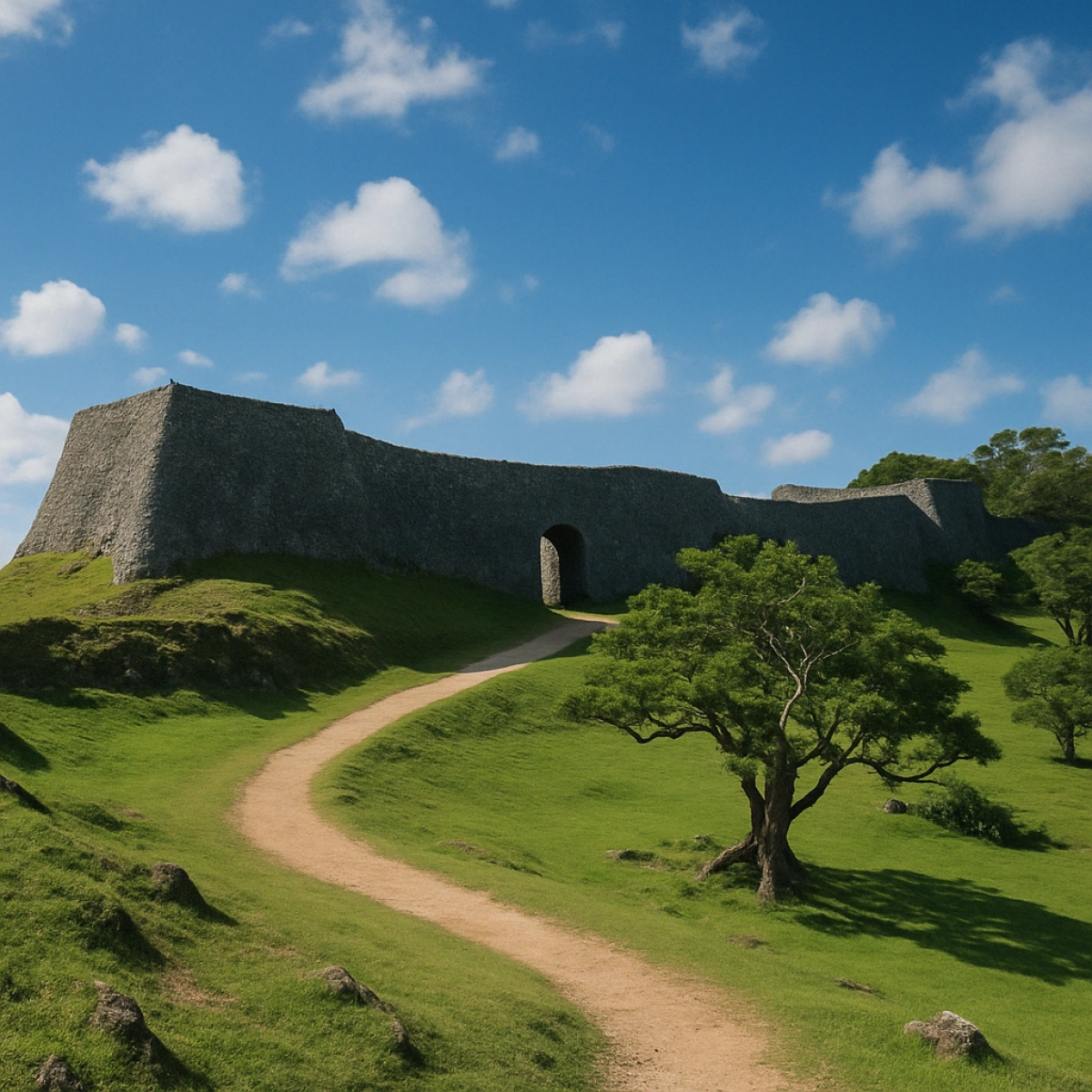
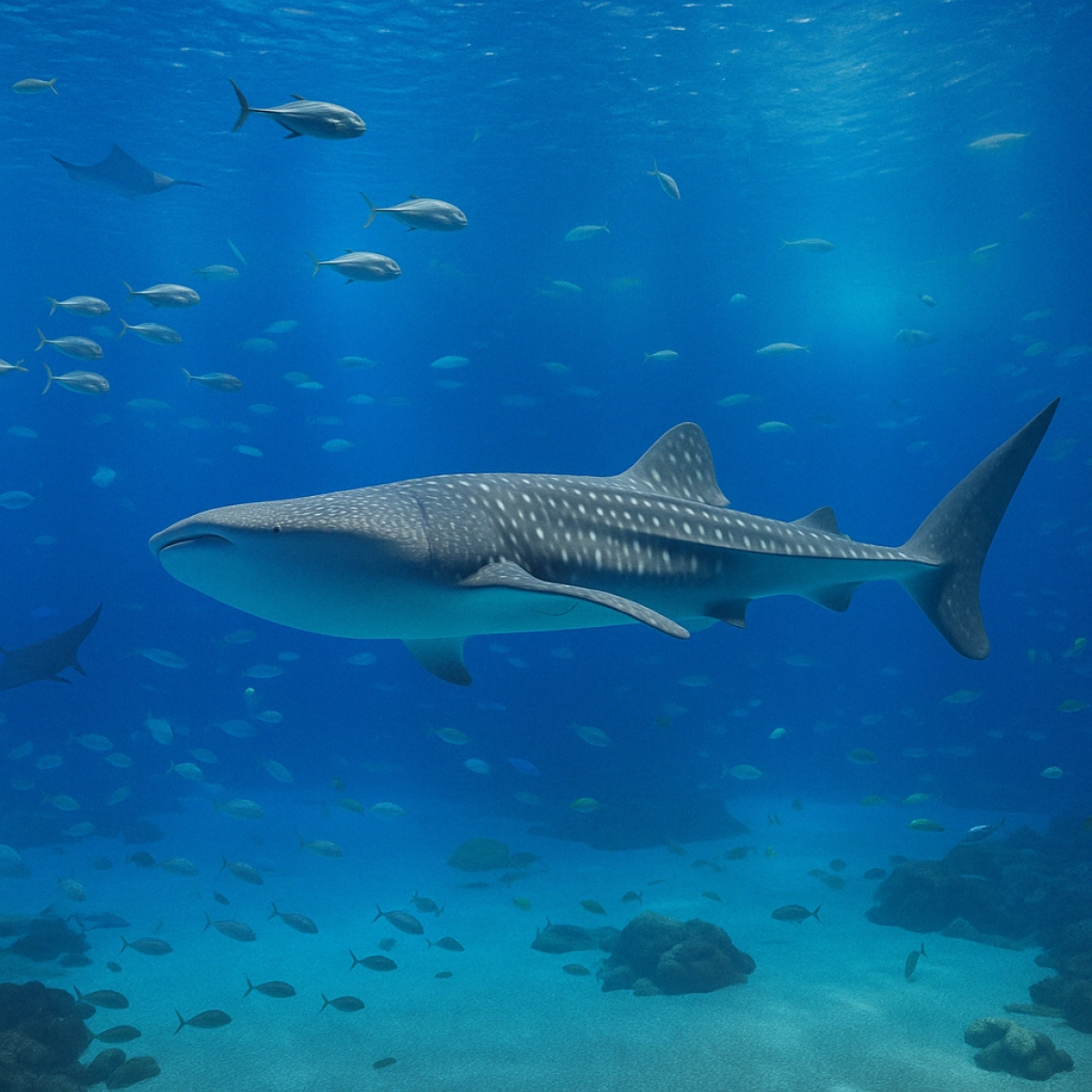
Okinawa Island Travel Tips
Okinawa Main Island (沖縄本島, Okinawa Hontō) stands as the cultural and geographic heart of Okinawa Prefecture, rich in history as the former center of the independent Ryukyu Kingdom. The island is the largest and most populous in the prefecture, playing a vital role in regional transportation. The bustling capital city of Naha lies at its core, where visitors can explore historical landmarks like Shurijo Castle, a UNESCO World Heritage Site that once served as the royal palace of the Ryukyu Kingdom. The castle’s beautifully restored structures offer a window into the past, while the lively Kokusai Dori, Naha’s main shopping street, teems with traditional Okinawan crafts, vibrant markets, and restaurants offering local specialties such as Okinawa soba and goya champuru. By contrast, the island’s southern and northern regions provide a more tranquil experience. Traditional fishing and farming villages dot the landscape, and the slower pace of life allows visitors to immerse themselves in Okinawa’s deep-rooted cultural traditions and its close connection with nature.
For those seeking outdoor adventure, the Yanbaru Region in the north promises a captivating experience with its lush subtropical forests, rolling hills, and diverse wildlife. The Okinawa Churaumi Aquarium, one of the island’s premier attractions, is home to awe-inspiring marine life, including whale sharks and manta rays. Pristine beaches such as Cape Maeda and Mibaru Beach beckon snorkelers and divers with crystal-clear waters and vibrant coral reefs. Sacred sites like Sefa Utaki, a sacred grove that holds great spiritual significance in the ancient Ryukyu religion, offer a serene atmosphere and a glimpse into Okinawa’s rich spiritual heritage. Throughout the island, visitors can discover a wealth of natural beauty, cultural heritage, and warm hospitality, making Okinawa Main Island a must-visit destination for both relaxation and adventure.
Getting around
Attractions
See all- Districts:
- Naha Area —
- Tsuboya District —
- Yanbaru
-
 1Shuri Castle
1Shuri CastleRyukyu Kingdom history, UNESCO, stunning architecture
-
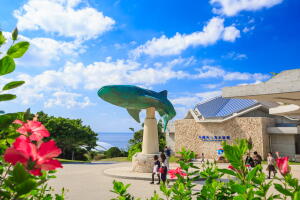 2Churaumi Aquarium
2Churaumi AquariumJapan's best aquarium experience
-
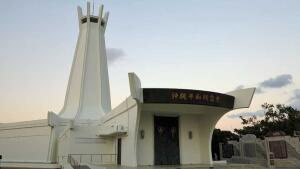 3Okinawa Peace Memorial Museum
3Okinawa Peace Memorial MuseumBattle of Okinawa and war memorials
-
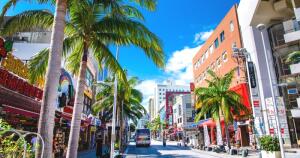 4Kokusaidori Street
4Kokusaidori StreetOkinawa's top shopping and nightlife street
-
 5Okinawa Peace Memorial Park
5Okinawa Peace Memorial ParkTribute to Okinawa's war history
-
 6Ocean Expo Park
6Ocean Expo ParkHome of Japan’s best aquarium
-
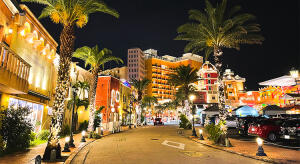 7Mihama American Village
7Mihama American VillageAmerican-style shopping, dining, and entertainment
-
 8Okinawa World
8Okinawa WorldFamous for Okinawan culture, cave, snakes
-
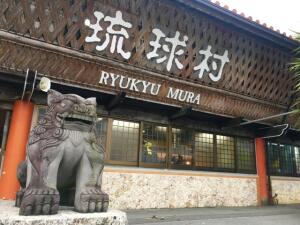 9Ryukyu Mura
9Ryukyu MuraTraditional Okinawan culture and hands-on fun
-
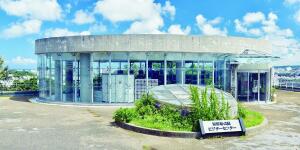 10Former Navy Underground Headquarters
10Former Navy Underground HeadquartersHistoric WWII underground military headquarters
Events
Nearby
See allReviews
There are no reviews
